Ahmad Mudhakkir
3rd March 2017 - 7 min read
Banknotes, coins, and credit cards are typically the first things that come to mind for us when we think about money. But money comes in many other forms, as well. In fact, the form currencies can take has always changed throughout history and will continue to change in the future. Let’s explore the different transformations that money has gone through and speculate on how it will look like centuries from now.
Commodity Money
As most of us who remember secondary school history knows, money was introduced soon after people realized the problems of the barter system. Even in a barter economy though, there will always emerge an item that gets traded with the most number people, most of the time. These would be the goods that eventually became the first form of money: commodity money.
At first, shells, salt, tea, gold, and silver among other things were used as commodity money. This type of money is good as the medium itself has value beyond being just a unit of account.
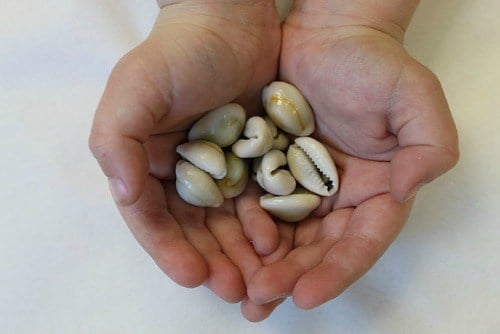
If you were paid in commodity money (tea or salt for example), you can choose to use up the inherent value of that money (by consuming it). Having a medium of exchange that has intrinsic value also avoids dispute over price. Nobody refuses to take salt as payment since everybody knows how to use it and what it’s worth.
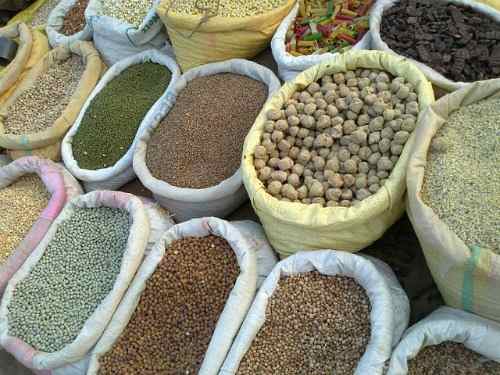
However, commodity money has its own issues. Some commodities don’t travel well (tea can go bad), are not durable (shells can chip or crack), and difficult to portion out (salt). Eventually, once this problem reaches the heads of state (who of course have to deal with trade the most), they would soon come up with..
Standardised Coinage
To solve the problem of commodity money, leaders from around ancient China, India, and Greece independently invented standardised coins to use as currency. These early forms of coinage were made of different metals and varying alloys across the different regions.
There were coins made to look like spades, knives, and even turtles. Coins made of metal are handy, durable, and the marks on them also communicate information about how to spend the currency. With the discovery of the touchstone (a simple tool that can test for metal purity), making sure the coins you’re being paid with are legitimate was also super easy. This exploded the popularity of coins being used as money from Asia to the rest of the world.
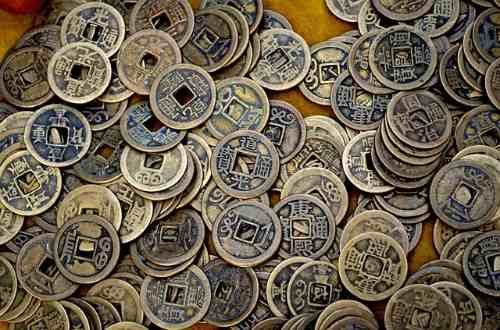
Chinese coins had rectangular holes in the middle so several coins can be strung together on a rope. But rich merchants of ancient China found that their strings of coins became too heavy to carry easily. To deal with this, coins were often left with a trustworthy person, and the merchant was given a piece of paper recording how much money he had with that person. The paper would then be used as proof of having money. These would then gradually evolve to become..
Read Also: 13 Brands You Didn’t Know Were Malaysian
Banknotes
The term comes from notes of the bank (“nota di banco” in Italian). It originally recognises the right of the note holder to collect the precious metal or coins deposited with a banker. Initially these notes will have arbitrary numbers on them corresponding to how many coins the note holder has. But as these receipts became more increasingly used in trade, depositors began asking for multiple receipts to be made out in smaller denominations for use as money.
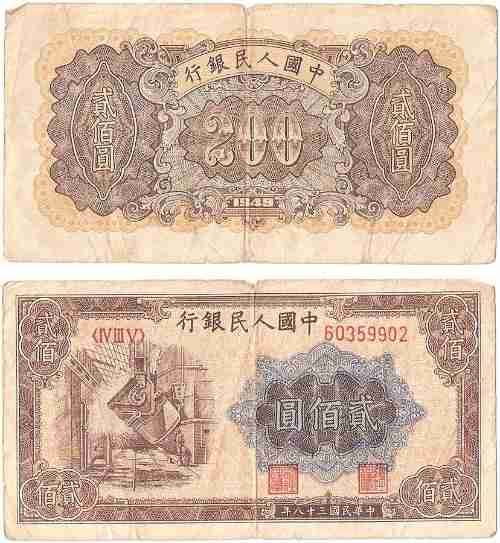
Paper currency enjoyed the same popularity boom that coins had due to its ease of use and simpler detection of fraud (since at this time, the means to produce forged printed items were impractically pricey). Coins were also still in circulation since it retains its superior durability compared to paper money. Bills and coins are still in use until today, a fact that your wallet can attest to.
Cryptocurrency
Since we’ve already reached the form of money we’re currently using today, there must be no more steps in the evolution of currency, right? While it’s true that paper and coins may be the best versions of currency we have right now, our current monetary system is not without problems left to solve.

Consider how even way back in their infancy, banknotes and coins were all issued by banks or heads of state. These two parties validate the use of their respective currencies and all transactions happen under their watch. Both are also entities with enough power to hugely influence the value of money with far-reaching outcomes. It can be argued that human intervention is important when it comes to maintaining a balanced free market. But it can also be argued that human fallibility is what caused the recent bank crises and consequent economic slowdown.
Would a new form of currency fix that? One form certainly looks to do so. Cryptocurrencies like Bitcoin are forms of digital currency that use cryptography to secure transactions and control the creation of new units. Essentially, everything that has to do with that currency (security, privacy, transactions, supply) is handled by advanced computational mathematics.
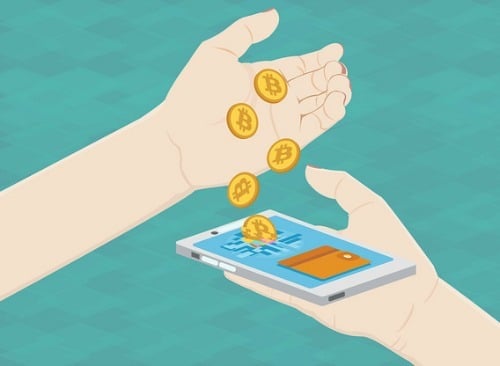
With no central authority governing it, cryptocurrencies are free from being negatively effected by human involvement and may be the only truly democratic form of money we can make for ourselves. As good as that sounds, unfortunately, upending deeply-rooted and trusted monetary institutions that’s been established for thousands of years may not be feasible anytime soon.
Where Do We Go From Here?
Looking back on the different forms that money has taken throughout history, we can make some informed predictions on what currency will look like in the future. Notice how the further we go forward in time, the more abstracted the relationship between money and the tangible value it represents become.
From metal discs, to ink on paper, to digital ones and zeroes, money keeps getting less and less real. While this helps keep the function of money intact without sacrificing the cost of producing physical versions of money, it does make our finances feel somewhat airy and immaterial. Performing transactions online with digital money makes the experience less personal while making us lose connection with the money we earn that’s meant to represent our hard work and talents.
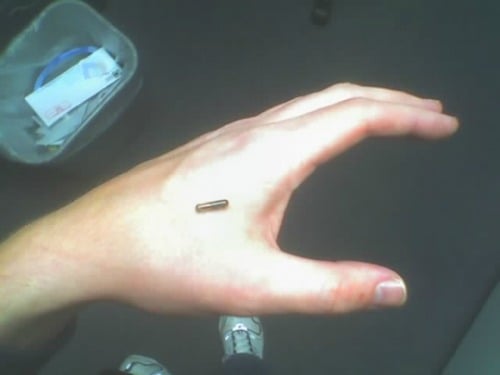
Perhaps the future of money will return us to a more solid relationship with our earnings. Imagine an imperceptible nanochip implant that tracks our productive output and converts it to spendable units of currency. If this currency is also decentralised and protected by cryptography we can have the ultimate form of secure and transparent money ever.
What’s more, the technology to accomplish this is already available. Nanochip implants, RFID tags for payments, cryptocurrency, and biometric technology are all commercially available tech that just needs to come together to facilitate the most personal, secure medium of exchange imaginable: ourselves. Or maybe it’ll just be fancier credit cards. Who knows?
Did we miss out on other forms of currency from yesteryear? Do you have your own theory of how money will look like in the future? Share your wisdom with us and let us know in the comments section down below!
Photo credits: “Cowry money Monetaria annulus 1” by Bin im Garten, “Dhaniyangal” by Thagadooran, Tech in Asia, and “RFID hand 1”

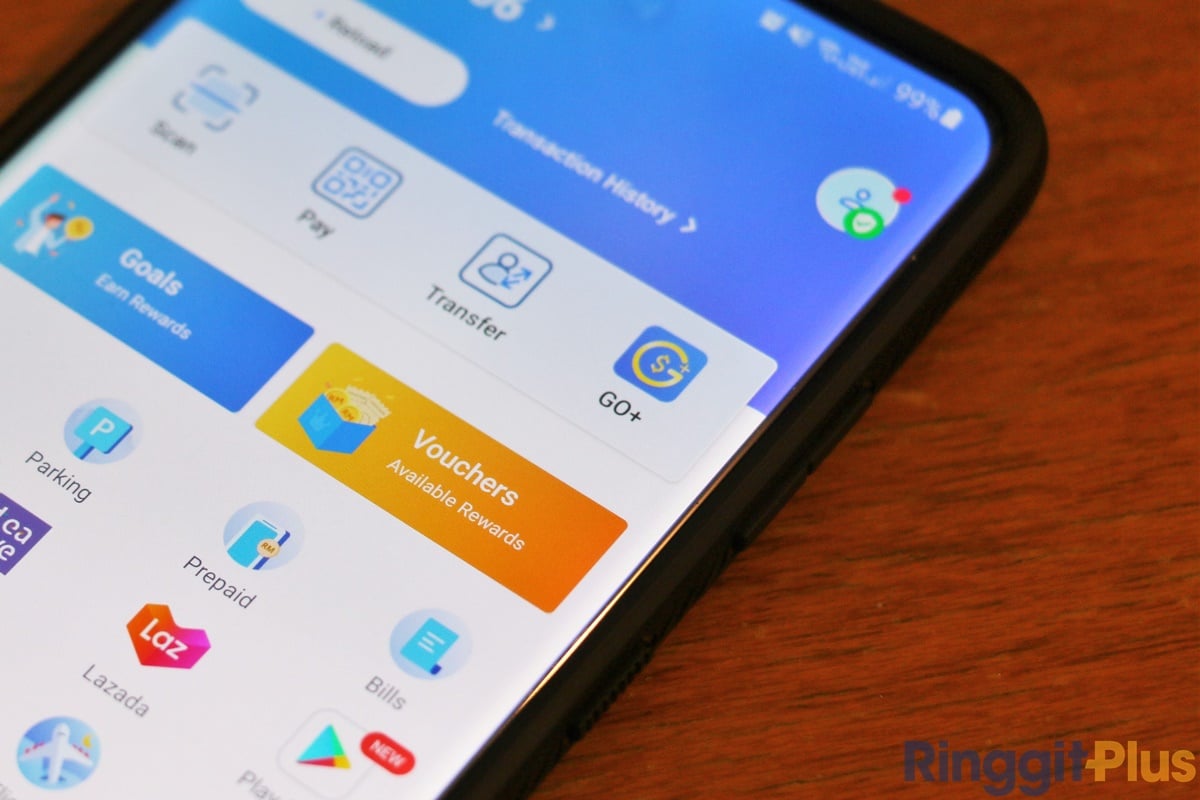
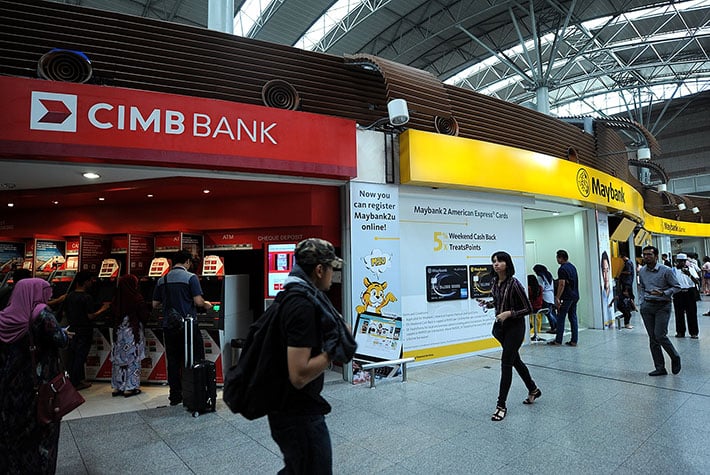
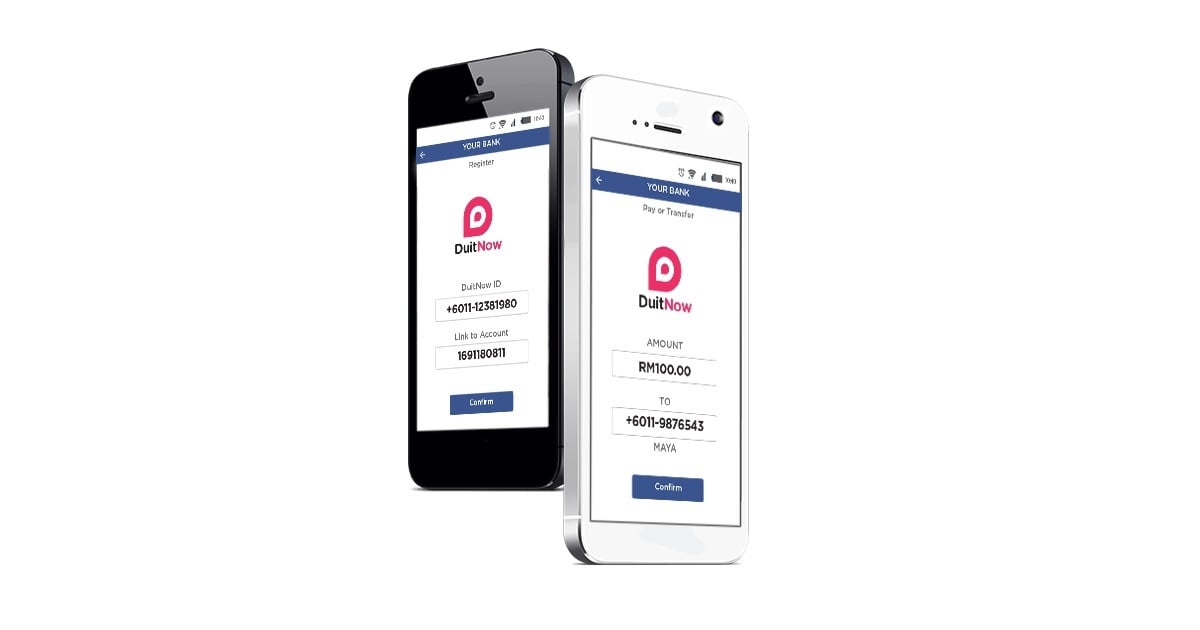
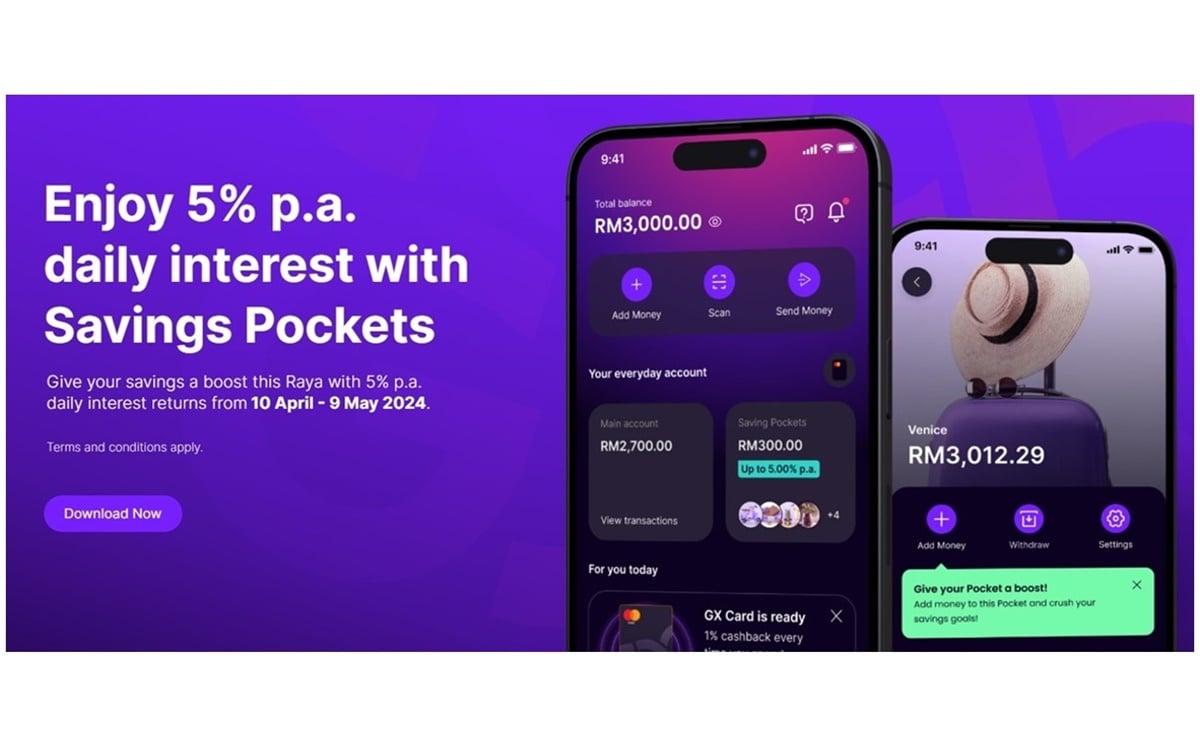
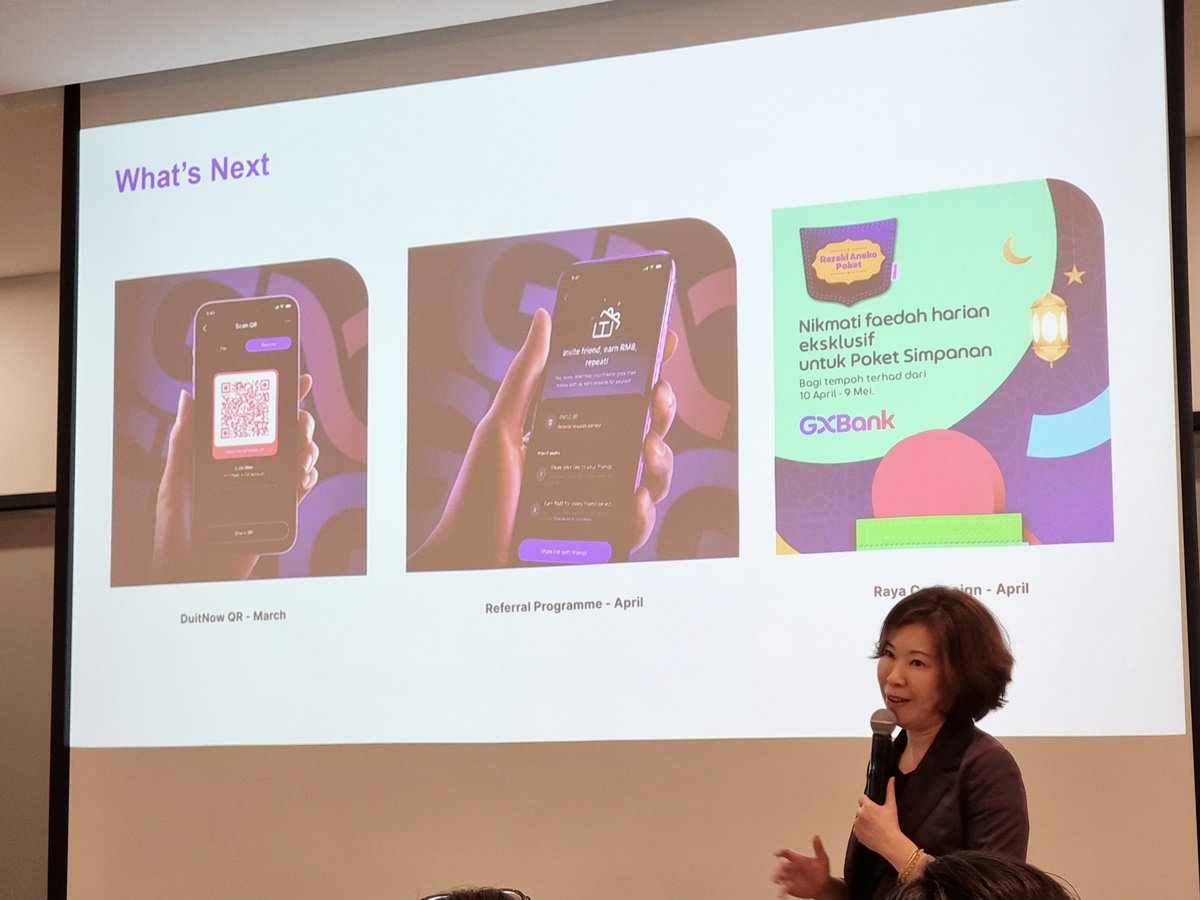

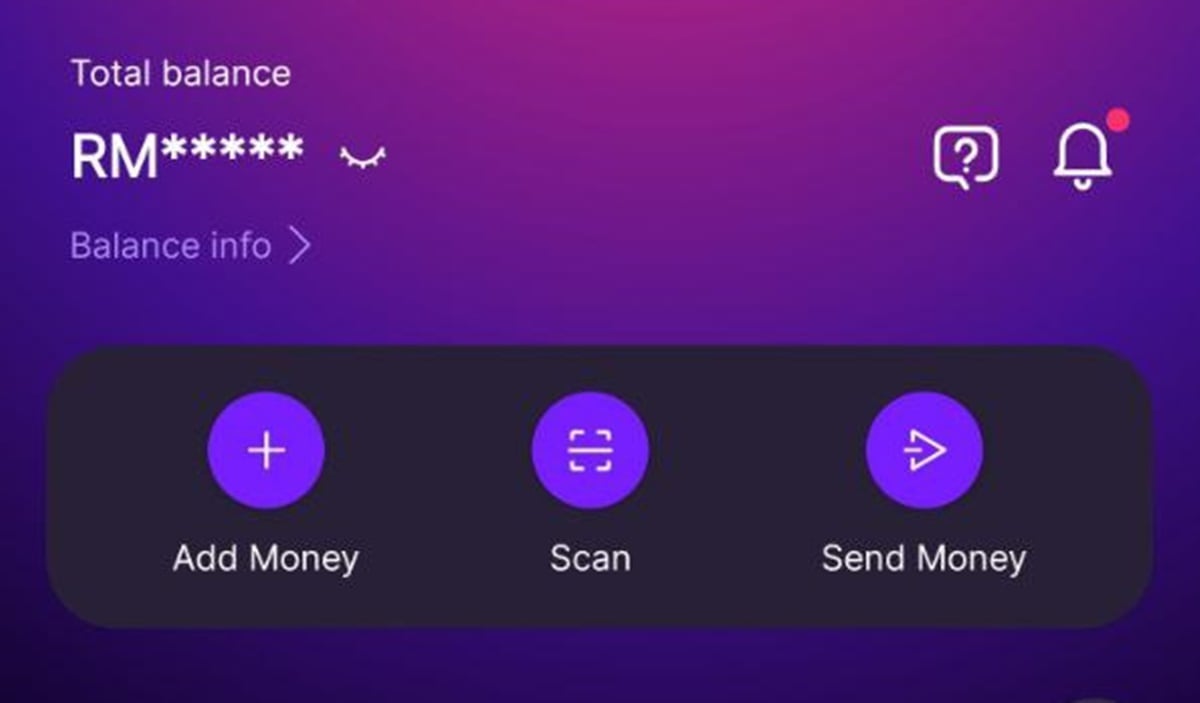

Comments (0)